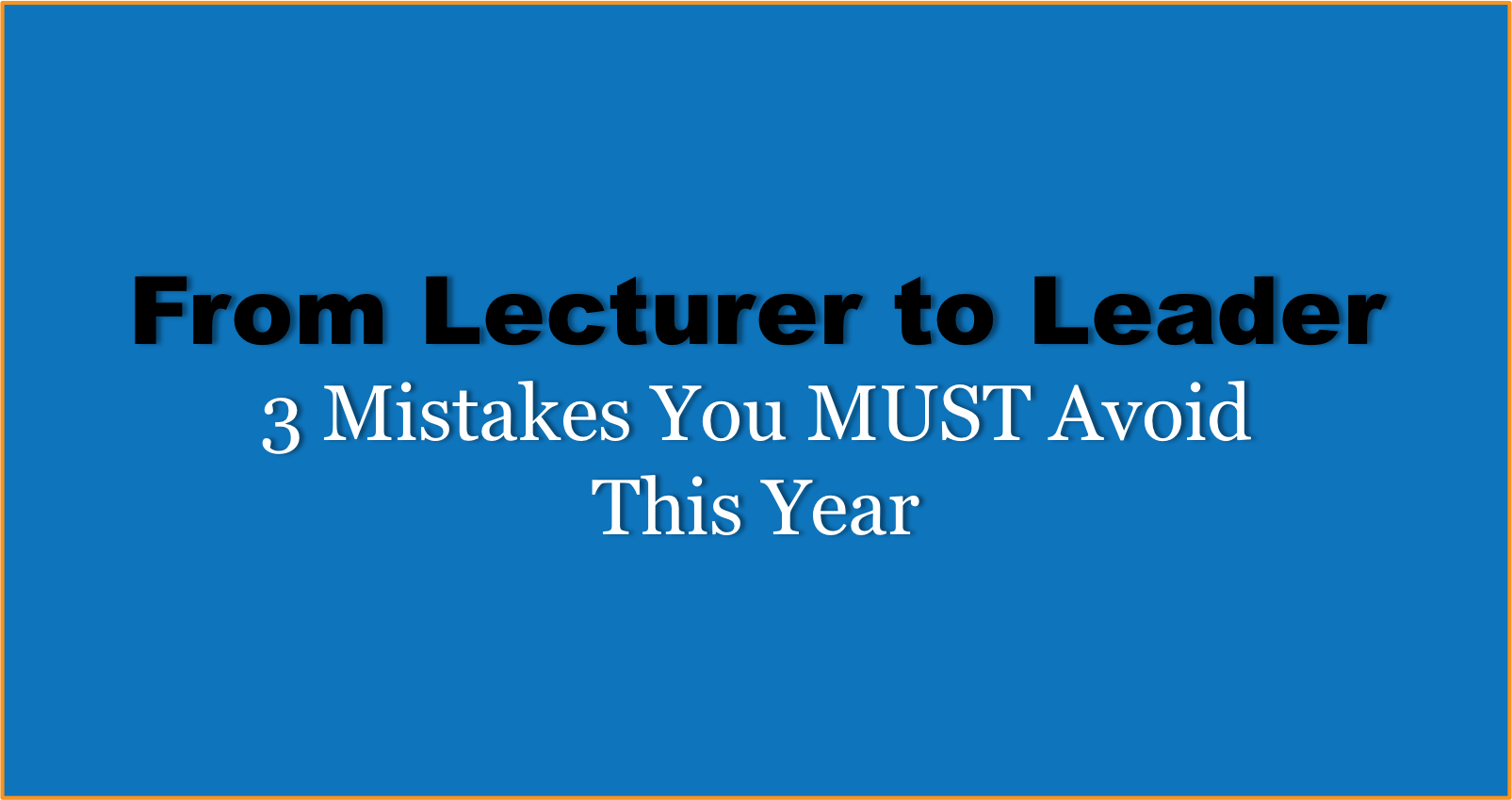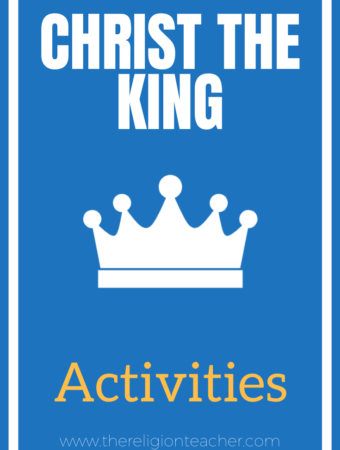
Like a lot of people who are first starting out in education, I made a lot of mistakes early on. I think you will find that these mistakes are quite similar to what you and a lot of people do today. And it’s not really our fault. For the most part, it is just the way we were brought up in schools and in colleges. It’s the way many teacher’s manuals tell us to teach.
Well, there is another way.
But first, let’s go through some of the biggest mistakes all of us need to avoid in religious education this year.
Watch the video:
Mistake #1: Talking too much.
Fresh out of college, I thought teaching was talking.
In other words, I thought lecturing was what teachers really did.
I was wrong.
Did you know that generally kids have the attention span that pretty much matches their age? In other words, an eight-year-old is only going to be able to listen to you for a maximum of eight minutes. Total. (And anyone who has taught kids this young knows that even this is probably a stretch.)
When I first started out, I would plan out lectures and overhead projector notes for 45 minute increments. A few years later I upgraded from an overhead projector to a PowerPoint and a SMART Board, but I still didn’t correct my mistake.
I was talking WAY too much.
What were the students doing?
Taking notes? Listening? Following along?
There’s an old adage that absolutely applies to education: Practice makes perfect!
There’s a big difference between talking and doing.
The key question anytime we stand up to lecture is:
What are your STUDENTS DOING when YOU are talking?
Mistake #2: We assign busy work.
I’ll never forget the time my principal walked in on my class during my first year of teaching and asked what the students were working on.
“Busy work,” I said.
You should have seen the look on her face.
“WHAT?!?” she asked.
“Oh–uh–I mean, they are working on a worksheet. It’s about something we just talked about . . . and it’s important stuff.”
I don’t remember what the kids were working on at the time, but it probably was busy work. That is, it probably was something I assigned to give myself a break from lecturing all the time.
There are a lot of really great worksheets and activities out there that can really help students learn.
Then there are the word searches, crossword puzzles, mazes, and coloring sheets that–you have to admit–are just busy work.
When you go online searching for a worksheet to use in class, do you take some time to think about whether the ones you find actually teach them anything?
Will it challenge help them think about concepts in new ways? Will it put them to work? Will it require your help and give you the opportunity to clarify some important idea about our faith?
Be careful not to go searching for busy work. The kids may be quiet (and who doesn’t want that!) but that doesn’t mean they are learning.
Busy work doesn’t draw someone closer to Christ. We have to challenge them to think, reflect, meditate, and pray for that to happen.
Mistake #3: We read the textbook.
“Sarah, then Jim, then Robby. Alright, go ahead and read.”
That’s how a lot of my classes went early on. We read the textbook and we read it out loud as a class.
No, that’s not true. One student read.
And what were the other students doing? Were they listening?
We both know what happens when we read the book in class right?
Teacher: “OK, Johnny, go ahead and read the next paragraph.”
Johnny: “Uhh…Uhh…where are we?”
Teacher: “Paragraph four, the one beginning with the word, ‘only.’”
Johnny: “Uhh…I’m not seeing it.”
What in the world was poor Johnny doing while his classmates were reading out loud? Was he following along? Clearly not.
Was he listening? Maybe, but not enough to know where we were in the book.
It happened all the time.
That’s because reading the textbook out loud in class is boring. And it only involves one person at a time who is actually required to DO something.
I know, I get it. The teacher’s manual you are using told you read the book in class. Yep, that’s what the book is for: to read it. Right?
But don’t read it in class.
It isn’t engaging. It doesn’t get the kids interested or doing anything to learn. And it takes up a ton of time.
Do ballet dancers read books about ballet before they perform?
Do football coaches give players reading assignments instead of practicing for a game?
Does a book help a teenager learn how to parallel park?
Sure, books can be a huge help, but they are useless unless you apply and practice what you read.
Avoid these mistakes and do this instead . . .
Most educators start out thinking that they have to put on some kind of performance to keep the kids engaged. This is overwhelming and exhausting.
Instead, the best way to teach is to keep the kids focused on accomplishing a specific goal with activities to help them practice and produce something tangible.
That incredible lecture you planned or PowerPoint you prepared is not nearly as important as the activities you plan for the students to do or the graphic organizers (worksheets) they use to help them understand the lesson of the day.
Our #1 priority with everything we plan in class should be this:
Keep the students active. They should be working harder than you to reach the goals you have set for them.
To be an effective religious educator you have to be a leader, not a lecturer.



Thank you for taking your time to gently remind us to step back and refocus our true intentions for our students.
Jared, you are tremendous! God bless you.